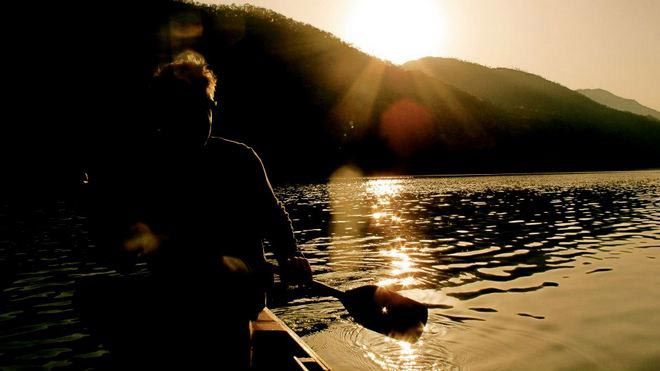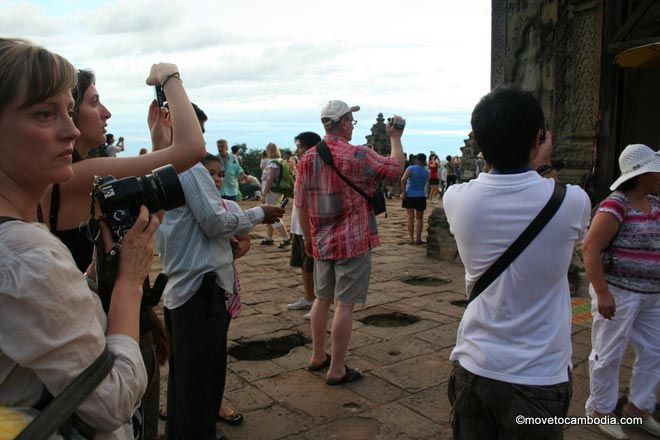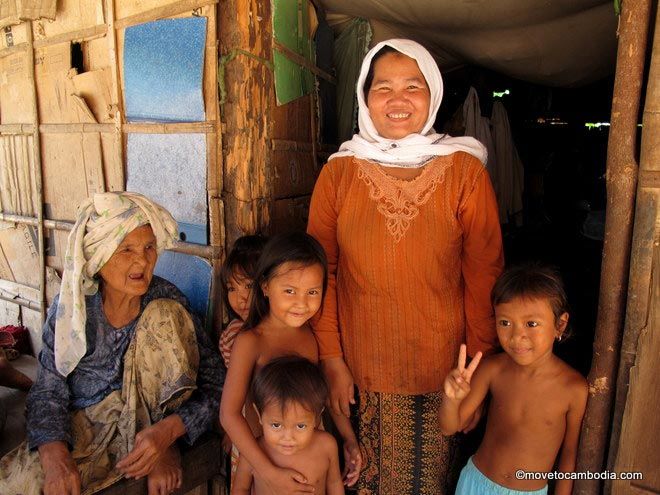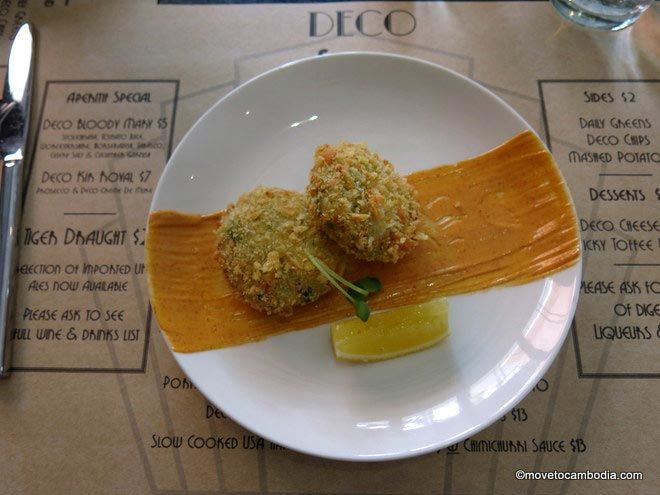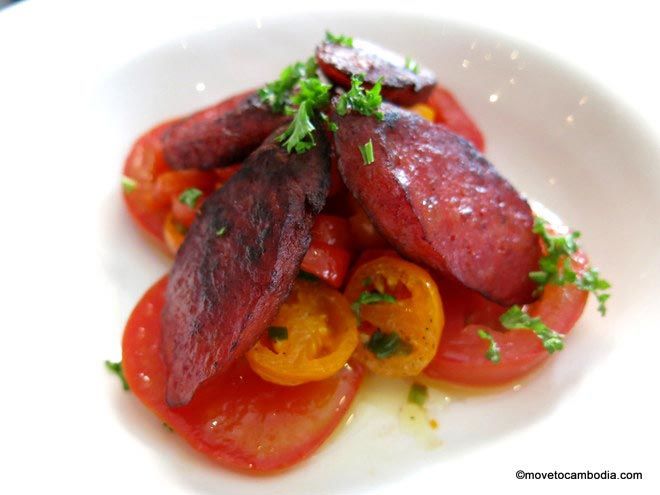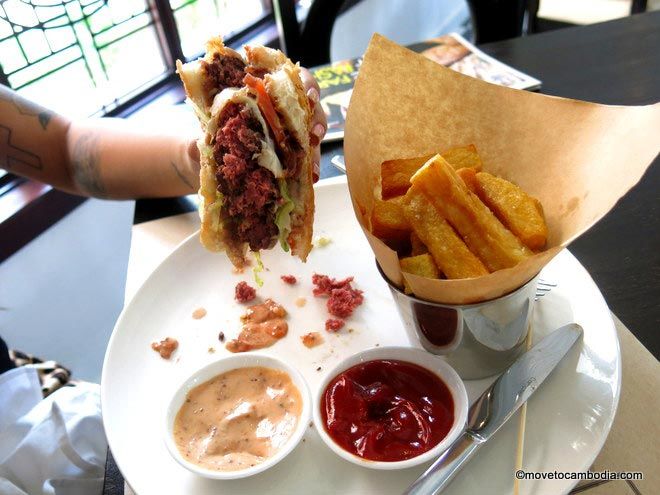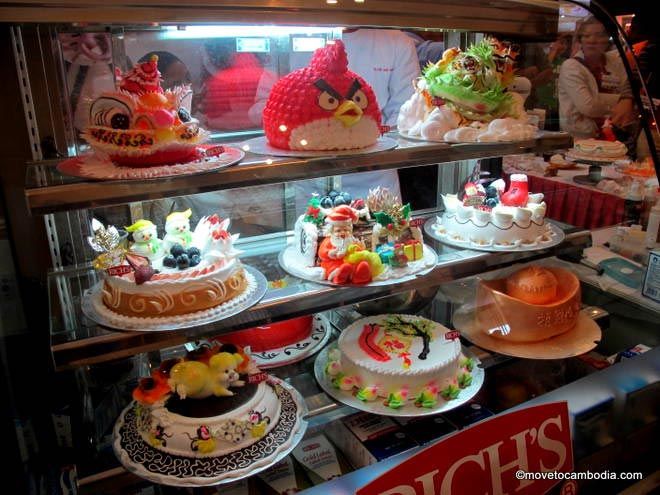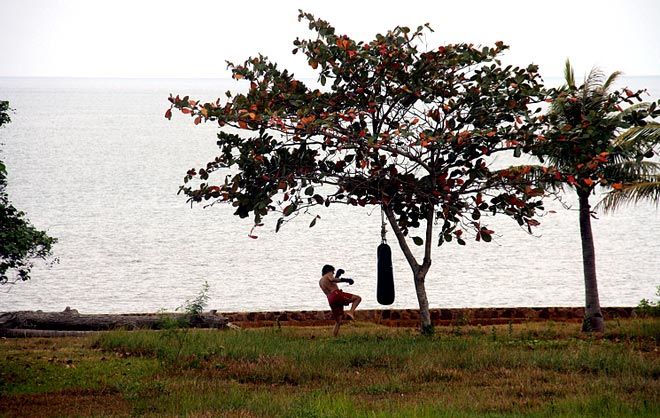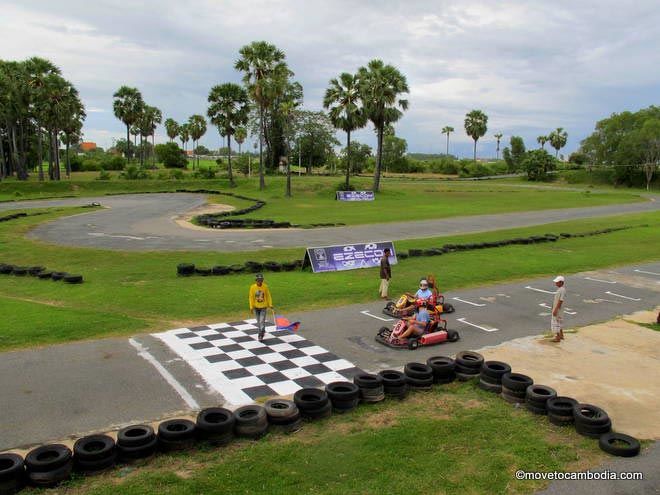
Go-kart racing Cambodia style, surrounded by palm trees.
In 2011 my friend Vinh had his birthday party at the go-kart track outside of Phnom Penh. I’d always assumed only backpackers who had been pressured into it by bullying tuk tuk drivers went there, but apparently that was not true. This was one of my first introduction to a group of expats who had been in Cambodia for years and years and yet still managed to take pleasure in the occasional visit to silly tourist attractions.
How was the racetrack different to one you’d find at home? Drinking and driving was not only permitted but encouraged. I was not reassured by the upkeep of the place (or the cars), and decided to forgo racing and sat on the sidelines taking photos instead. I liked the contrast of the American-style racetrack with the tropical background and lush palm trees. In this photo I hope that you can almost feel how balmy it was that day.
Kambol Cart Raceway
National Road #4 (About 7 miles west of the Phnom Penh airport)
T: 012 232 332
Open daily, 9am to 6pm
